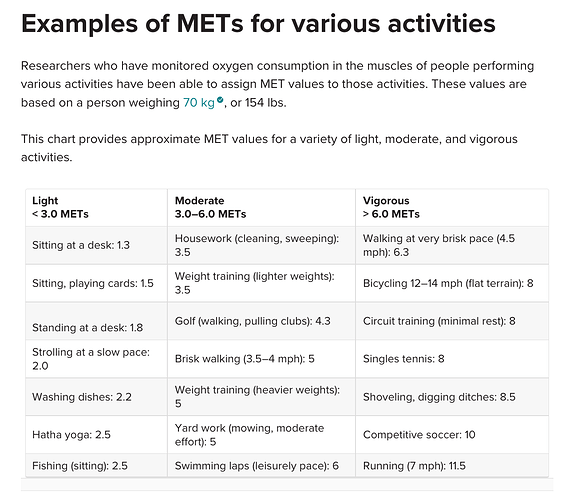Since we’re all here for all cause mortality risk reduction (wild type mice studies/ITP are only good mouse-cancer models)
Cardiorespiratory fitness and mortality from all causes, cardiovascular disease and cancer: dose– response meta-analysis of cohort studies (Dec 2021)
34 cohort studies were eligible for the meta analysis.
The dose–response analyses showed that a per one-MET increase in CRF was associated with 12%, 13% and 7% reduced risk of all-cause, CVD and cancer mortality.
In the categorical analyses, the reduction was 33%, 40% and 24%, respectively, for the intermediate versus lowest category of CRF and 53%, 51% and 43%, respectively, for the highest vs lowest category.
The characteristics of the included records are in table 1. Among the records, 22 were from North America, 10 from Europe and 2 from Asia. Sample sizes ranged from 184 to 1,547, 478 and follow-up period from 5.0 to 44.1 years. A total of 21 records assessed CRF with treadmill exercise tests, 11 with ergometer exercise tests and 2 with the Canadian home fitness test
As described in recent American Heart Association scientific statements, the overall predictive ability of CRF is comparable to that obtained with the Framingham Risk Score and European Systematic Coronary Risk Evaluation algorithm.
The American Heart AssociationTrusted Source recommends at least 150 minutes of moderate-intensity aerobic exercise each week for optimal cardiovascular health. That’s equal to about 500 MET minutes per week, according to the [Department of Health and Human Services.
One MET is approximately 3.5 milliliters of oxygen consumed per kilogram (kg) of body weight per minute
